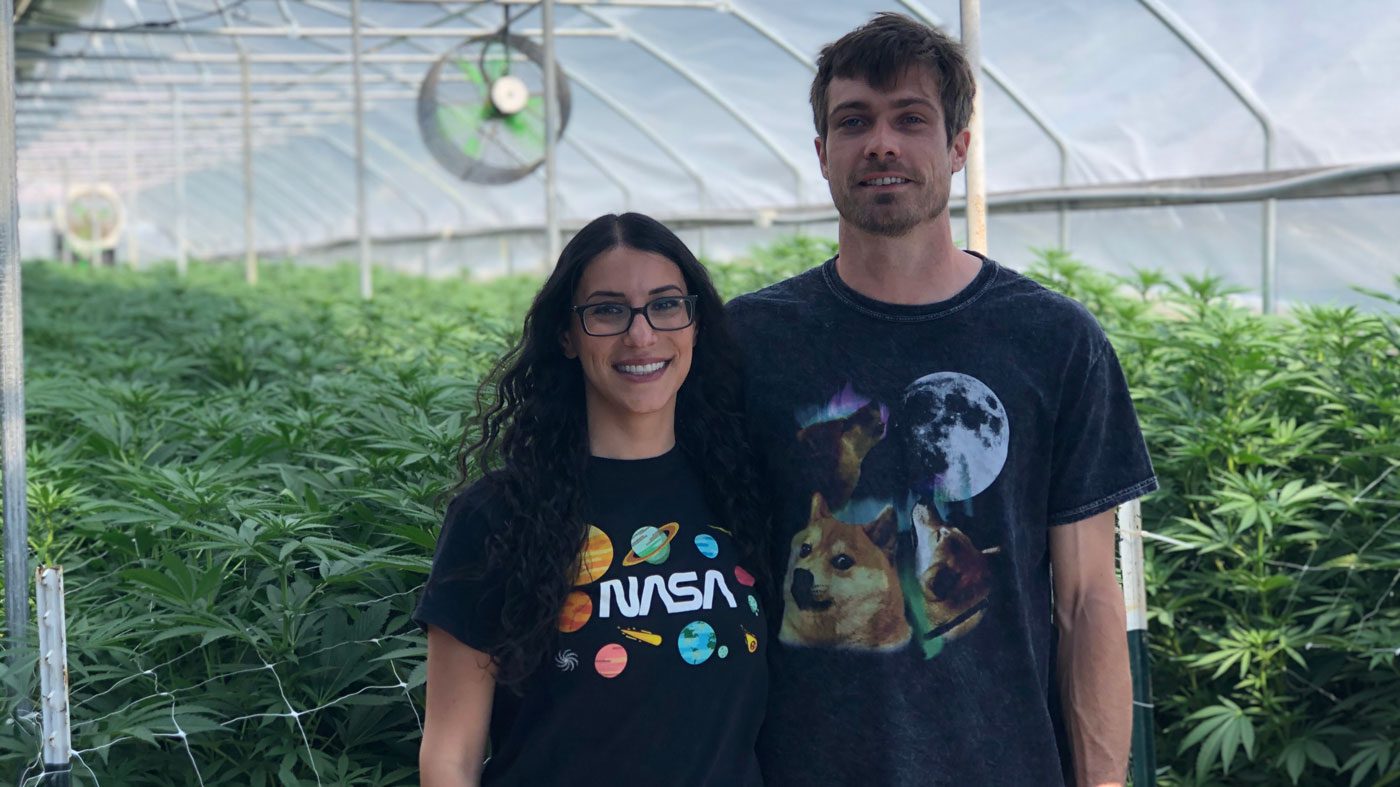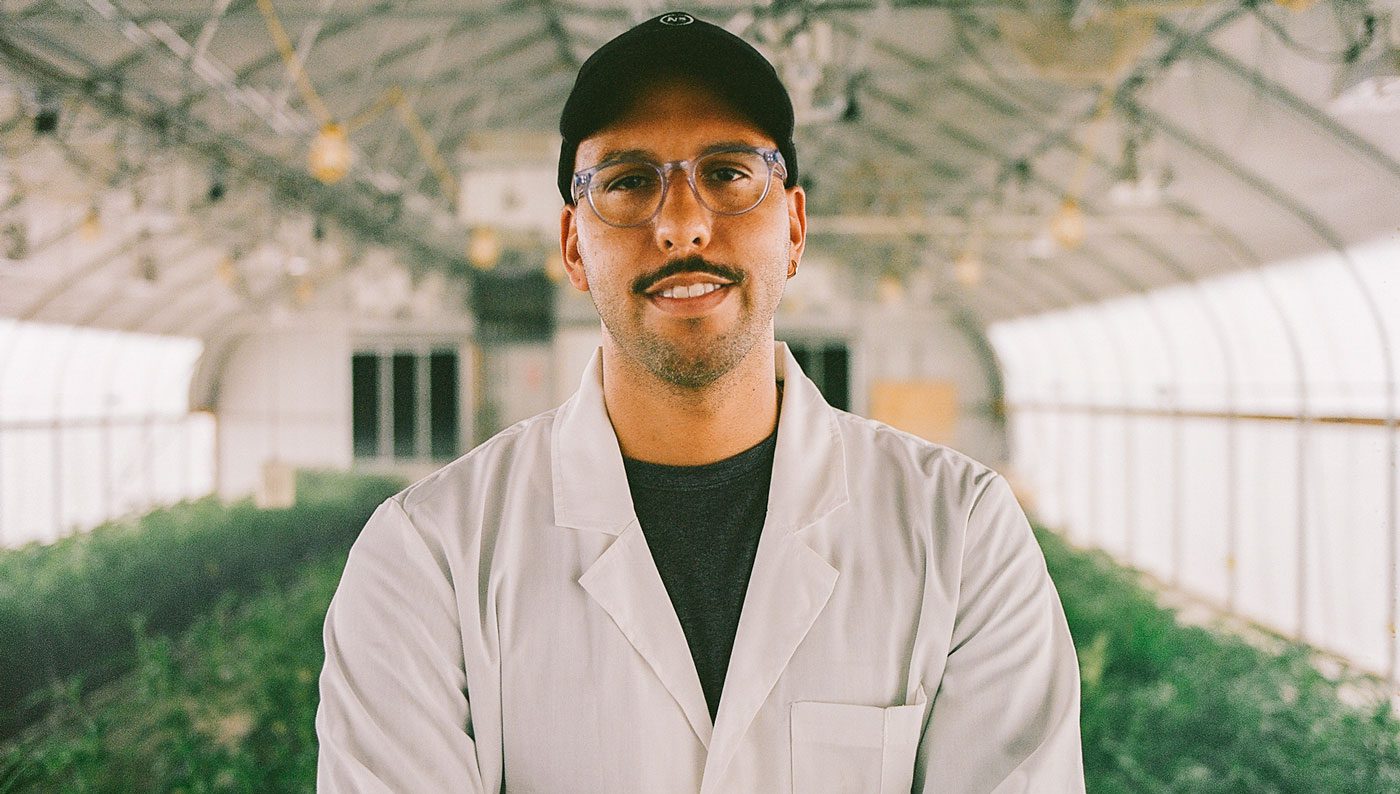As legacy growers know but those new to growing might not know, indoor-grown cannabis exists mainly because of prohibition. Indoor growing provided much needed privacy, so cultivators started mastering the process of mimicking outdoor conditions indoors.
Indoor has its benefits, however, it is not the most sustainable method, so it isn’t the greatest for the environment. Because indoor growing needs conditions that replicate the power of the sun, lighting alone uses a lot of resources. Add in fans, humidity control, odor control, and temperature control, and indoor growing pulls a lot of resources from the earth.
However, because of all of those interventions, indoor methods have the advantage of being a controlled environment that can maximize yield, minimize pests, and allow for multiple harvests since you’re not limited to the sun and seasons.
Some indoor growing methods can be better and more sustainable than others. Here, we highlight cannabis cultivators who can speak to both sun-grown and outdoor-grown cannabis and indoor-grown cannabis, some pros and cons of both, reasons sun grown is more sustainable, and ways that indoor cultivation can be better for the environment.
With cannabis legalization sweeping the nation, we can begin to move away from harmful cultivation methods and grow using sustainable methods. We spoke with:
- Harry Klinger (HK), @LimitlessHank, a 20-year cannabis industry vet with experience growing outdoor, depo, and indoor.
- Mariam Tigranyan (MT) @barrettfarms, a seven-year Humboldt County cultivator. Tigranyan was initially an indoor cultivator until she moved to Humboldt in 2014. Since then, she has practiced greenhouse, sun grown cultivation.
- James Fisher (JF), @newstandardmichigan, co-founder of New Standard cannabis dispensary in Hazel Park, Michigan, and an 11-year cannabis cultivator with seven years of sun-grown experience.

What are the top three reasons that you believe make sun-grown cannabis better for the environment?
HK: “With sun-grown cannabis, less electricity is used; there are no byproducts for lights destroyed in some cases. In my opinion, most indoor grows use more chemicals during their growth stages.”
JF: “Reducing the carbon footprint is a huge one. There are two ways that growing sun-grown cannabis does that. First, we don’t have to use energy for lighting or environmental controls. Instead, we rely upon the sun and hope and pray for good weather.
“Second, outdoor plants filter out carbon dioxide in the air. Finally, sun-grown cannabis plants are tougher than their indoor counterparts. Fewer health issues require less supportive products that are often necessary for successful indoor production. You not only save money but reduce the consumption of all sorts of things, including those that are not environment-friendly.”

What are some reasons people may choose indoor cultivation over sun grown?
HK: “Legality, potency, ROI, limited space, location, privacy, demand, experience, and challenges.”
MT: “I believe indoor exists mostly because of prohibition — people had to move inside to hide their plants, so it was done mostly for privacy. Also, there are some situations where people don’t have the space outside to safely cultivate outdoor plants.
“Other perks that may influence someone’s decision to cultivate indoors include climate control and the ability to grow higher quality products than your natural environment may allow with sun-grown.”
JF: “People choose indoor cultivation over sun-grown because you can only harvest full-sun cannabis plants once a year in many places, such as Michigan. You can get two crops if you choose to cultivate hybrids of sativa/indica and cannabis ruderalis (autoflowering cannabis). Still, it’s not going to yield as much as full sun or indoor cannabis plants most of the time.
“Most shops need predictability, and consumers prefer fresh flowers to old. If you are a good indoor cultivator, you know that every X days, you will be bringing a crop down. Most indoor grows can harvest five crops a year per flowering room. There is also the plus side: If a mistake happens to one of the five harvests, you have four more chances.”
In your opinion, are some regions impossible for cannabis to grow outdoors therefore indoor is a must?
HK: “Yes, primarily the states that are humid, I imagine are difficult to grow in. Indoor is utilized a lot during winter, but greenhouses could be used in some cases.”
MT: “I wouldn’t say it’s impossible to grow cannabis outdoors anywhere — you can always have a greenhouse and control your photoperiod, but producing high quality cannabis in every region is not possible. So for a consistently better product, it’s more reliable and preferred to grow indoors in some regions.”
JF: “There are many regions where it’s impossible or impractical to grow cannabis because of the environment. Still, I’m willing to bet people have tried.”

Do you believe anything can be done for an indoor grow to be less harsh on the environment?
HK: “Yes, dispose of chemicals and waste properly, use solar power with the lighting, and use organic fertilizers and foods whenever possible.”
MT: “I believe the main environmental problem with indoor cultivation is power consumption. If people could switch their main power to solar, that would have a significant impact. I also believe cultivators should practice recycling their runoff water when they can have that kind of control indoors
”And also using more efficient lighting. If we just started there, these things would significantly reduce the environmental impacts of indoor cultivation.”
JF: “There are many things that indoor grows can do to be more environmentally friendly. Going with soil beds with natural inputs rather than hydro salts, using natural pest management (using good bugs to fight harmful bugs) versus pesticides, recapturing runoff water, composting, and equipping a grow with LED lighting, just to name a few.
“I have a buddy, Tad Hussey, who hosts the Cannabis Cultivation & Science Podcast (https://www.kisorganics.com/pages/podcast) centered around the sustainability of growing cannabis plants. There are some great interviews with many top specialists in their field. It’s worth a listen if anyone is looking for some new ideas.”

